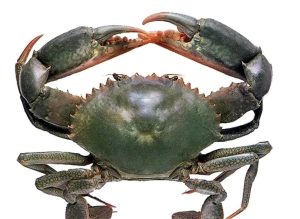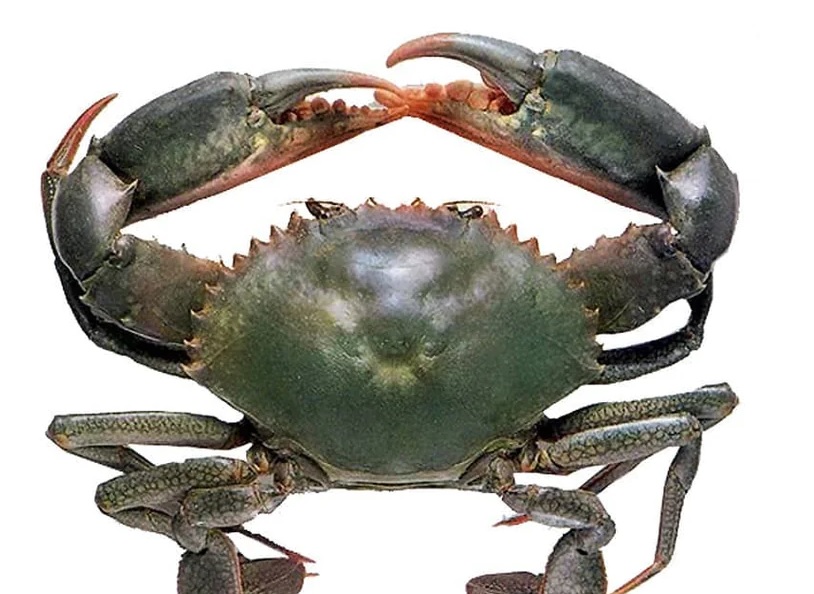Singapore’s iconic chili crab relies on the Sri Lankan mud crab, a globally sought-after delicacy. In response to concerns about over-harvesting, the Fisheries Ministry has introduced the “Mud Crab Fishery Management Regulations, 2024” governing the extraction of wild mud crabs in Sri Lanka’s waters. The regulations stipulate a minimum size for wild crabs permissible for capture, sale, possession, processing, or export, requiring a width of at least 130mm measured at the widest part of the carapace.
Steve Creech, a fisheries expert collaborating with the seafood export industry, highlighted that a 130mm female giant mud crab weighs approximately 430g, while a male counterpart weighs around 450g. Notably, an estimated 80% of female giant mud crabs attain maturity at the 130mm size, offering protection to the majority of females crucial for reproduction.

Dr. Creech expressed concern over the escalating trend of capturing juvenile mud crabs from the wild for pond cultivation, adversely affecting the wild population and risking collapse, a pattern observed in sea cucumbers as well.
Sri Lanka’s mud crab exports, predominantly to Singapore (63%), Hong Kong (11%), Taiwan (6%), China (5%), and Britain (5%), face scrutiny under these regulations. The rules mandate the release of live mud crabs with a carapace width below 130mm, especially those bearing eggs. The minister may declare closed and open seasons for crab fishing based on recommendations from the National Aquatic Resources Research and Development Agency, adjusting the size allowed for capture during open seasons.
Further, the Director-General of Fisheries holds authority to establish permissible mud crab sizes during open seasons. The regulations prohibit dredging or damaging the sea bottom during mud crab fishing, with the DG empowered to request production, export, or other relevant data from those engaged in mud crab fishing, collection, and expor







